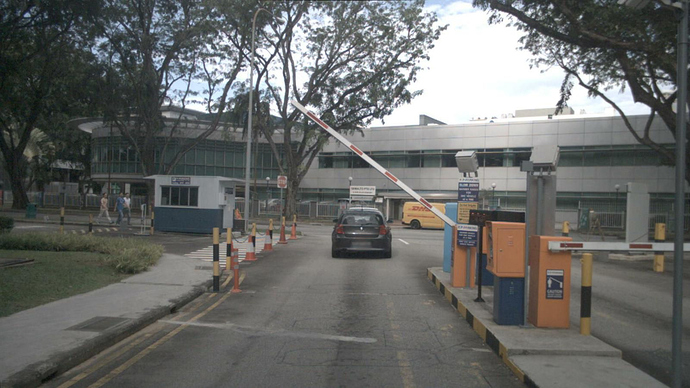Hello,
I have two questions concerning the detection of newly appearing objects in each scene.
1 - At the moment, I gather a list of unique instances for each camera frame per scene like so:
unique_instances = []
while has_more_frames:
img_path, boxes, camera_intrinsics =
nusc.get_sample_data(current_cam_data['token'], box_vis_level=BoxVisibility.ANY)
for box in boxes:
sample_annotation = nusc.get('sample_annotation', box.token)
instance = nusc.get('instance', sample_annotation['instance_token'])
if instance not in unique_instances:
# new appearing object
This approach seems to work fine. Can you suggest another way to detect newly appearing objects to build redundancy?
2 - In certain cases objects that already appeared can be completely occludded and reappear. I noticed using the approach above these reappearing instances are not detected. My question is can you point me into a direction with which I can detect reappearing objects. I thought about using the points_in_box() function as a criterion to detect when an object disappears completely (https://github.com/nutonomy/nuscenes-devkit/blob/28765b8477dbd3331bacd922fada867c2c4db1d7/python-sdk/nuscenes/utils/geometry_utils.py#L111). But I am not sure whether the LiDAR points are a determining factor for an object disappearing completely.



